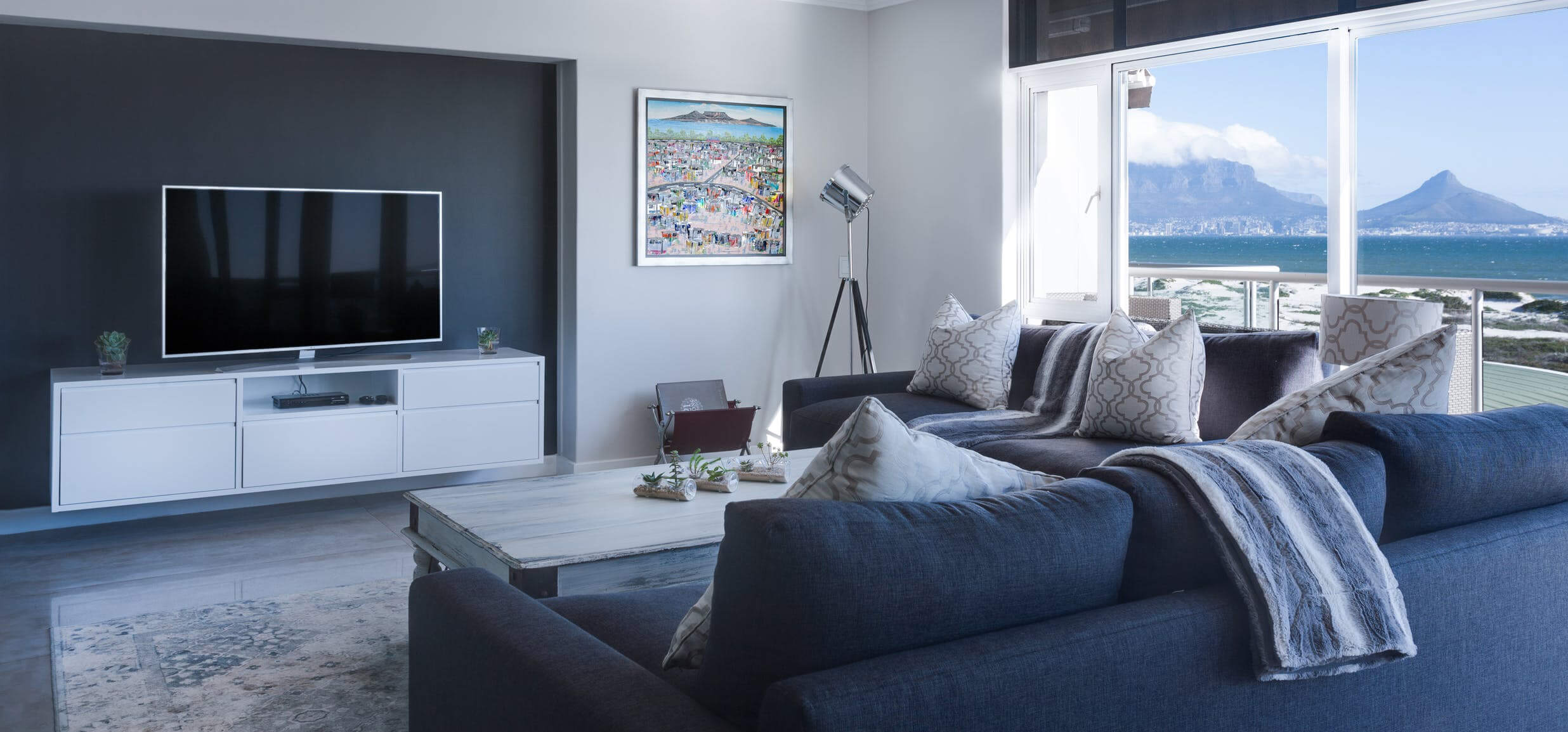Diy home audio system guide
Here's what you need to know about what it takes to install your own home audio system. In reality, it’s not too difficult and the pros far outweigh the cons if the cost of an electrician is not within your budget.
Audio systems are primarily used for listening to music, but can also be hooked up to your television for a more impressive audio-visual experience. This has become very popular for those who want that cinematic surround sound experience.

Choosing the best audio system
The first step to choosing your audio systems is to determine what your needs are and how you intend your new system to look and work within your home. To determine what kind of audio system you require, it's important to think about the type of audio you are most likely to play. This will be an influence on whether for example, you are looking for a strong bass or treble response. Of course these are often a personal taste choice and will even vary within your own family.
Choosing an audio system solely on budget can lead to dissatisfaction as the system might not meet your needs. It is paramount that you purchase a system that has the features you require and will work best in your home acoustics. As previously stated, you may want that complete home theatre surround sound experience, which involves the purchase of an AV receiver, speakers and subwoofer.
However, a simple sound bar and small speaker may be enough to satisfy your audio requirements. The choices available on the market today are extensive and geared towards the consumer. All major electronics stores carry the name brands but with the number of Chinese brands entering the market, prices are dropping without loss of quality.

The best position for your home audio system
The positioning of your system is another key factor to consider when trying to obtain optimum sound. Depending on the system you have chosen, you may be able to position speakers in each corner of the room. It is best to try and make sure they are behind your normal listening position. If you have a subwoofer, try placing it in a corner spot, where the output may be magnified and therefore sound louder. Try and keep it off the floor as it will reverberate and reduce the bass quality. It will also be a “slave” to your room dynamics. If this is an issue, purchase and install some bass traps which are great for sound absorption.
The size of your space, the types of furnishings throughout your home and the nature of the system you have installed all contribute to the overall effectiveness of your sound system. Try out different locations in your media room or intended area to get the best sound for your listening experience and if the budget allows, look to purchase the add-ons mentioned that can help solve sound issues.

Installing soundproofing
Once you have chosen the position for your system, you may have to also think about soundproofing. Soundproofing can reduce any nuisance you might cause to your neighbours or to those that live with you. It will also improve the quality of the sound in your desired space. Acoustic wall paneling is a good start where layers of acoustic drywall can easily be added around your speakers to reduce noise transfer.
The beauty of a DIY audio system is that you are only dictated by your budget. You can spend as little or as much as you want. Either way with careful planning and a bit of research you can really give yourself a decent audio system to be proud of. The amount of expert advice at hand or just a call away is significant and will go a long way to getting your listening requirements just right.

Enhancing your home audio system with smart integration
In the rapidly advancing world of technology, the integration of smart devices into our homes has become increasingly prevalent. Your DIY home audio system can be elevated to new heights by incorporating smart features that not only enhance convenience but also open up a world of possibilities for customisation and control.
Smart audio systems allow you to seamlessly connect your home entertainment setup with other smart devices. Whether it's syncing your audio system with smart lighting for a movie night ambiance or integrating voice control to adjust volume and playlists effortlessly, the possibilities are vast.
Choosing Smart Components
When selecting audio components, consider those that are compatible with popular smart home platforms like Amazon Alexa, Google Assistant, or Apple HomeKit. This compatibility ensures a smooth integration process, letting you harness the power of automation and voice commands.
Voice Control and Automation
Imagine sitting back and simply saying, "Hey, Google, play my favorite playlist," or instructing your smart assistant to dim the lights when the movie begins. With voice-controlled automation, your DIY audio system becomes a central part of a fully integrated smart home experience.
Future-Proofing Your Setup
As technology evolves, so do smart home capabilities. Future-proof your audio system by investing in components that can receive firmware updates and adapt to emerging technologies. This ensures that your entertainment setup remains cutting-edge for years to come.
DIY with a Tech Twist
Even if you're not a tech enthusiast, incorporating smart features into your audio system is designed to be user-friendly. Many smart devices offer easy setup through mobile apps, making the integration process accessible to everyone.
Exploring Connectivity Options
Explore connectivity options such as Bluetooth, Wi-Fi, and Ethernet to ensure seamless communication between your audio system and smart devices. This connectivity versatility allows you to stream music, podcasts, and more from various sources effortlessly.
The Ultimate Entertainment Hub
By embracing the world of smart home technology, your DIY audio system transforms into the heart of a sophisticated entertainment hub. Whether you're hosting a movie night, a party, or simply enjoying a quiet evening, the fusion of audio and smart capabilities adds a touch of modernity and convenience to your home.
As you embark on your DIY audio system project, consider the possibilities that smart integration brings, enhancing not only the audio quality but the overall entertainment experience within the walls of your home.

Don't have the DIY skills? We can help you find a qualified electrician to help with your audio installation!
Get free quotes in minutes.
Get quotes from our qualified and licensed tradies Australia-wide.
Further Reading
- 8 common places people forget to install power points
- 4 Best Lighting Features to Lighten Up Your Home
- The 10 Best Ways to Save on Your Energy Bill
